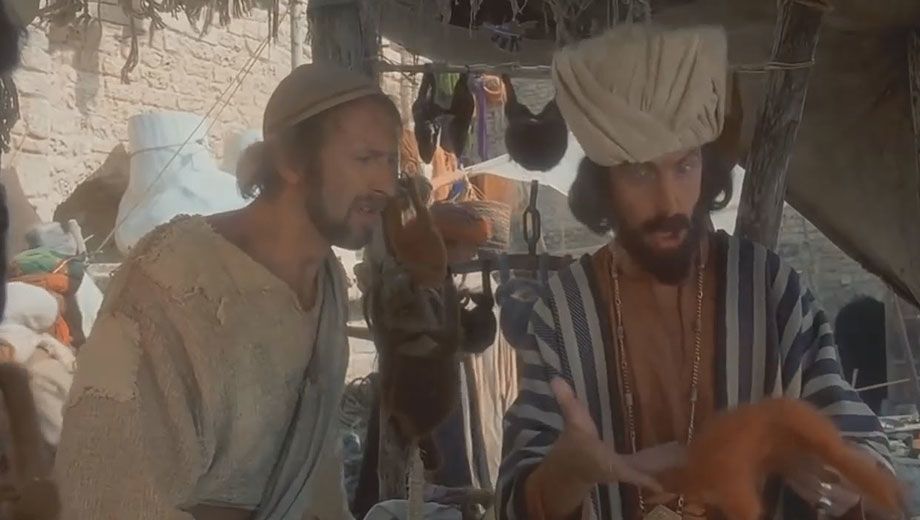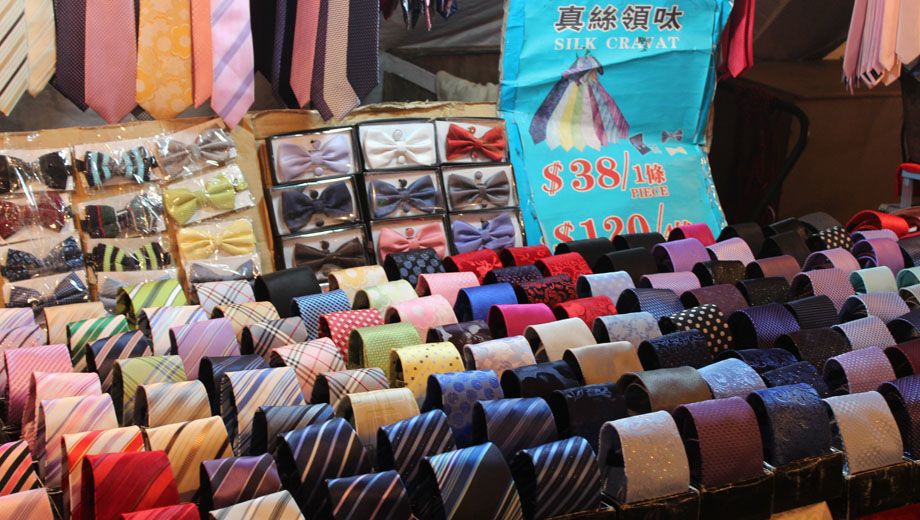Top tips for haggling in China, Hong Kong, Thailand and more

Visiting an unfamiliar country can be both exciting and unnerving – there’s new food to try, new attractions to visit, and of course, a new exchange rate to remember.
But if you’re planning the obligatory shopping trip, knowing how to haggle can save you a small fortune.
“For many, (bargaining) in a foreign country can be a daunting task,” explains Daniel Simone, Head of Retail at Travelex.
“There are no advertised rules, and sometimes it’s difficult to know when and where it’s expected and when it’s not”.
Haggling a great price in Asia
Even in Asia, there’s no ‘standard’ discount – in Japan, Travelex says it’s best to aim for around 10% off at flea markets and some electronic stores, but that you might be able to push further after 7pm on Sundays.
You’ll have more luck in Bali (Indonesia) where bargaining is a way of life, with discounts of circa 30% possible in markets, shops and village stalls. Always ask for the ‘morning price’, but don’t shop in a tour group as the guide could be getting a kickback!
Thailand’s marketeers are even more flexible with discounts of up to 50%, but don’t be caught up by negotiating down to the last baht… on today’s exchange rate, one Aussie dollar buys around 25 baht, valuing one baht at less than four Aussie cents.
And then there’s China and Hong Kong… Travelex suggests aiming for “up to 90%” off, although a common Chinese bargaining tactic is to open the negotiation by offering the retailer 10% of the asking price and working your way up, with 40-60% off a much more achievable target for a newcomer.
After all, you can always take a walk if the price isn’t getting as low as you’d like it to be – you’ll certainly be called back if there’s room for negotiation.
Talking your way down in Europe and Africa
The savings you’ll get at markets are much more standardised in Europe and Africa.
Spain is on the lower end where you should aim for 40% off the asking price, and if you’re travelling with a friend, bring them along and before entering the marketplace, ask them to verbally discourage you from making a purchase – the marketeer will certainly try harder to capture your custom.
You’ll also find 40% off a reasonable goal in South Africa’s markets, but as in some other countries, the best prices come at the end of the day.
If you venture to Northern Africa to the likes of Egypt or Morocco, expect a higher 50% discount at souks and bazaars – although the price of food isn’t up for negotiation.
And over in Greece your target should also be around 50% below the first offer, but you’ll get a better price by taking things slow and being polite rather than being overly insistent.
Saving your dough in South America and the Middle East
Brazil’s street markets and stalls allow more modest discounts of around 20% - but don’t be discouraged by a shop owner’s look of horror when making your first offer – it’s all part of the game.
Double that if you’re bound for Turkey by aiming for 40% off, but as in any market, don’t show too much interest in one particular item or the seller will know you’re already keen to buy.
Forty percent is should also be the goal in Peru, but only at independent shops and markets. It helps to be more assertive in the larger cities – particularly Lima – and to take the ‘gentle’ approach in smaller villages.
Expect to talk your way down to half price in Mexico’s markets and tourist sites, where Travelex suggests using your own up-to-date forex calculator rather than one provided in store if the current exchange rates are a consideration.
And in Dubai, where you’ll stop on the way to Europe with both Qantas and Emirates, 50% off is also standard at souks. Just remember to carry coins and small value notes, as it’s harder to convince a merchant that you’ve got little to spend with a wallet stashed full of high-value currency.
Follow Australian Business Traveller on Twitter: we're @AusBT

Cathay Pacific - Asia Miles
01 Feb 2015
Total posts 111
Living in China for 10 years I have some experience to share!
1. Only pay 1/4 of the original asking price, 90% off was the case 5 years ago but now prices have gone up significantly and the exchange rate from AUD to CNY isn't ideal! (Travelex quoted me 3.5RMB for 1 AUD- no Thank You).
2. NEVER increase your asking price- it only shows them that You are willing to go up more in price- be firm.
3. Walk away if they dont budge on the price, You will either get them running after you or letting You go- if they let You go, find somewhere else and lower your price slightly.
4. SHOW THEM THE MONEY $$$$$$... Have the cash you are paying for a product of chouce and they dollar signs just light up in their eyes- Works for me everytime without fail
5. Oh and if You can speak to local language EVEN BETTER ;).
Qantas - Qantas Frequent Flyer
11 Apr 2014
Total posts 25
The magic words in China are: "I'll come back tomorrow". And ladies - don't let them put any rings on your fingers - too tights and you would feel pressured to buy!
Cathay Pacific - Asia Miles
01 Feb 2015
Total posts 111
^^for China only obviously
Qantas - Qantas Frequent Flyer
21 Aug 2014
Total posts 502
Yeah you gotta look out when travelling in Asia or places like that. At the Taj Mahal, if you wanna go see then you have to play 100 Rupees if you are a local or at least look like an Indian and if you are foreigner (eg. White or Asian) you pay about 750 Rupees which is around 12 AUD I think but still I think it's a rip off to the tourists.
Qantas - Qantas Frequent Flyer
29 Nov 2013
Total posts 474
Monty Python image on haggling post - very funny!
Hi Guest, join in the discussion on Top tips for haggling in China, Hong Kong, Thailand and more